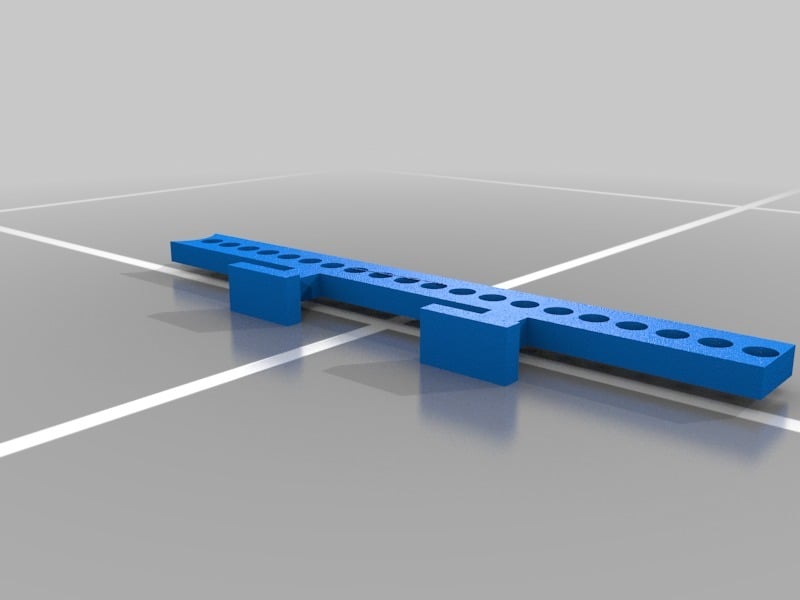
Drilling Guide
thingiverse
The Art of Efficient Drilling To achieve optimal drilling results, it is essential to follow a comprehensive guide that ensures maximum accuracy and precision. This involves selecting the right drill bits, properly positioning them on the workpiece, and applying consistent downward pressure. First, identify the type of material you are working with, as this will determine the best approach for drilling. For example, when dealing with wood or plastic, a high-speed steel (HSS) bit is usually sufficient, while harder materials like metal require a carbide-tipped drill bit. Next, mark the spot where you want to make the hole and place the workpiece on a stable surface. Align the drill press or hand drill with the marked area and secure it firmly in place. Now, select the correct drill bit for your project and attach it to the drill. Apply a small amount of lubricant, such as oil or wax, to the bit to prevent overheating and improve cutting efficiency. Start drilling slowly and steadily, maintaining consistent downward pressure on the drill. As you make progress, gradually increase the speed until you reach the desired depth. To avoid damaging the surrounding material, keep the drill bit perpendicular to the workpiece at all times. If necessary, use a depth stop or other safety feature to prevent overdrilling. Finally, inspect your work and remove any debris from the area. With practice and patience, you'll become proficient in drilling and achieve professional-looking results every time.
With this file you will be able to print Drilling Guide with your 3D printer. Click on the button and save the file on your computer to work, edit or customize your design. You can also find more 3D designs for printers on Drilling Guide.
